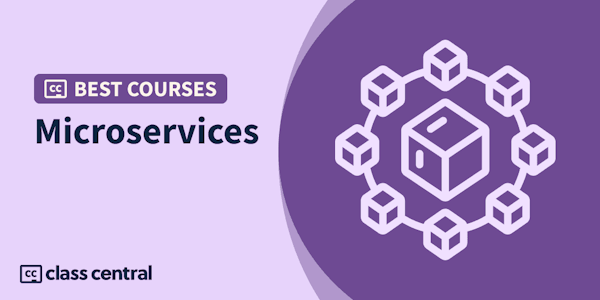Learn how to use Istio, a service mesh technology, in a Kubernetes environment to address some of the biggest issues with building microservice-based distributed software systems.
Overview
Syllabus
Introduction
- Automated service mesh with Istio
- What you should know
- Istio, Kubernetes, and microservices
- Installing Istio
- Injecting Istio into a microservice
- Verifying that Istio is meshing
- Converting to proxy auto-injection
- Ingress gateways and virtual services
- Configuring rules to link specific labels
- Creating advanced route rules with Istio
- Adjusting Istio load-balancing ratios
- Modifying routes for Canary deployments
- Challenge: Testing a new release
- Solution: Testing a new release
- Establishing MTLS credentials
- Connecting to non-MTLS services
- Getting into the MTLS mesh
- Connecting Istio to OpenTracing
- Following a multi-service path
- Understanding request latencies
- Injecting faults into service response
- Force aborts in specific applications
- Mirroring connections
- Circuit breaker tests via timeouts
- Challenge: Add a random failure
- Solution: Review response injection
- Next steps
Taught by
Robert Starmer



